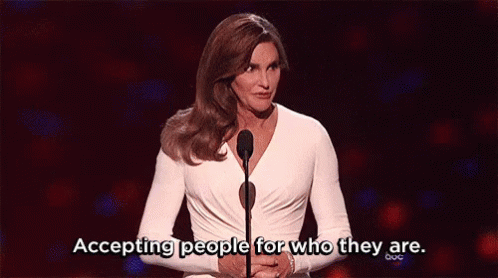Laripza: Chapter 3 Blog
My group and I presented on chapter three. This chapter overall defined culture and the role of communication within the dominant and co cultures. What I presented on was religion, sex and gender, and sexual orientation. While reading this chapter I learned so much not only from my section but from everyone else’s presentation as well. Before reading this article, I had understood that Sex and Gender were initially the same thing, little did I know I was extremely wrong. Sexuality is the social or cultural construct. It relates to the characters, behaviors, and identities that society specifies to girls and boys, females and males, and gender-diverse people. I learned the difference between sex and gender, this is defined by how we find ourselves differently, and how we behave and move with others. There’s a lot of variety in how people and groups see, experience, and express sexuality. Being gay, or bisexual is not something that a person may decide, that is something that comes to you naturally. As a matter of fact, people don't prefer their sexual position any more than they decide their height or middle color. After everyone's section of chapter three I noticed that my interpretation of what I assumed, actually did a whole 360-degree change. What I knew then changed to what I'm certain now. |

Sex and gender doesn't define you as a person
Another thing I remember educating myself on is the overall definition of religion. Religion is defined as the social structure of specified behaviors and practices, world views, situations, philosophies, or organizations, that relates humans to supernatural, transcendental, or spiritual elements. Not only that but the number of harmful comments people all over the world receive by the religion they choose to live by. Unfortunately, racism is something that has been around for centuries and I don't see going away anytime soon. It's not fair for anyone to receive such a negative response because of the God they decide to believe it. After listening to my classmates present their part of their presentation, I noticed one section that stood out to me the most. Chapter 10 the section of leadership was one of the most effecting section that made me really notice all the different types of functions that involve it. The caption “A leader is like a shepherd. He stays behind the flock, letting the most nimble go out ahead, whereupon the others follow, not realizing that all along they are being directed from behind.” Really gave me a clear picture in my mind to go by and it was a perfect representation of behind the overall theme of what it truly requires to be a leader. As my fellow classmate presented this, I couldn’t help but think about how this somehow compares to nursing in a way. This excites me as a student in the medical field because I have read and learned about this as long as I could remember. We need to study the roles of how to assure ourselves of being the leader and not a follower just like the caption’s states. Overall, I learned so much information within all the different types of chapters, and I cannot express just how great each and every one of my classmates expressed informal emergent leadership in their own separate way.

The injustice and prejudice behaviors that certain religions receive

Comments
Post a Comment